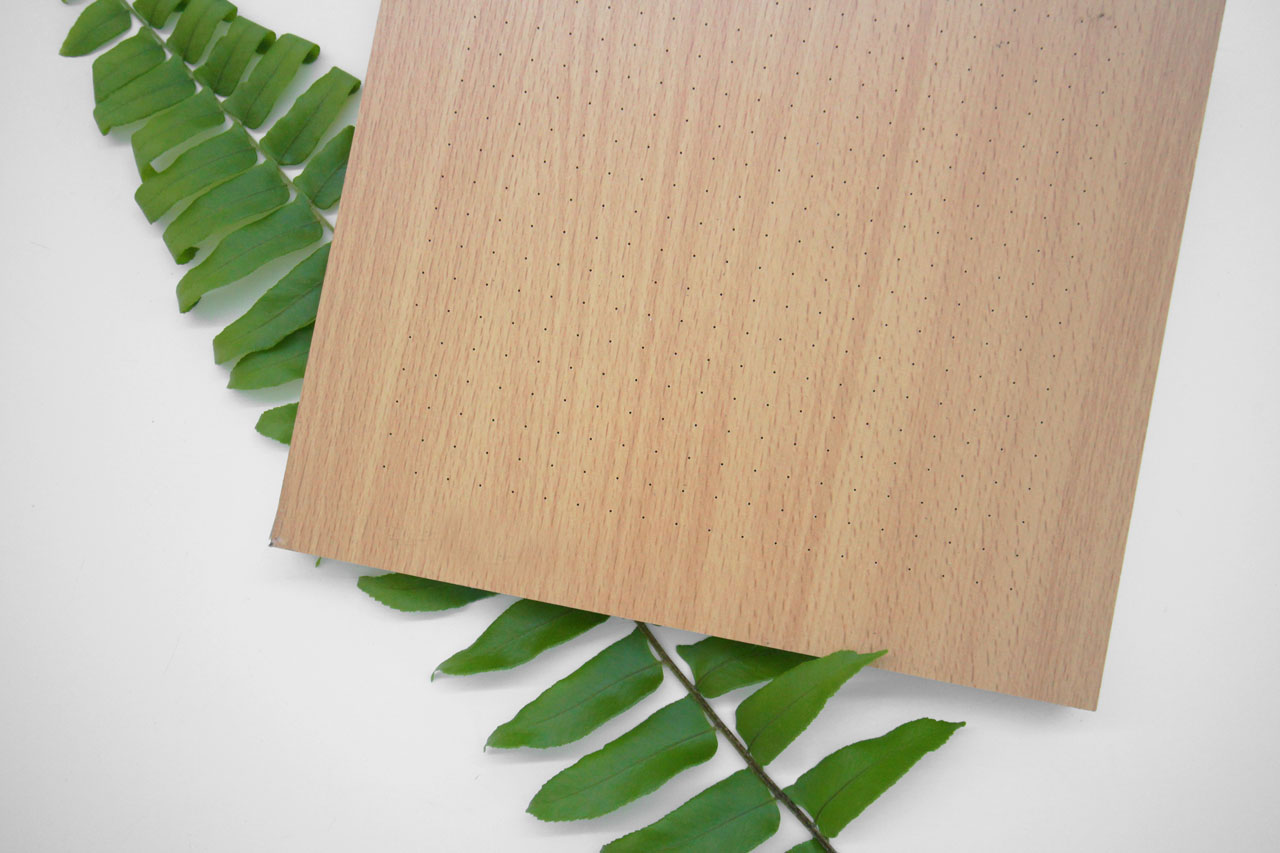Acoustic Panel Construction: Sustainable Innovations for Soundproofing Efficiency

A Sustainable Solution to Acoustic Panel Construction
As the demand for quieter spaces grows, so does the importance of sustainable acoustic panel construction. Acoustic panels are essential for reducing noise and improving sound quality in homes, offices, schools, and public spaces. However, traditional panel materials often have a significant environmental impact, prompting a shift toward more sustainable practices in panel construction¹.

The Growing Need for Sustainable Acoustic Panels
Today, acoustic panel manufacturers are embracing innovations that focus on eco-friendly materials, energy-efficient production processes, and improved soundproofing performance. These advancements are transforming acoustic panels into a cornerstone of sustainable building practices, delivering both functional and environmental benefits².

Innovations in Acoustic Panel Construction
Hybrid Panels
Hybrid acoustic panels combine traditional sound-absorbing materials with sustainable elements, such as a wood veneer or a recycled fiber core. These panels deliver high-performance soundproofing while aligning with green building standards.
Modular Designs
Modular acoustic panels are designed for flexibility and reusability. These panels can be easily assembled, disassembled, and repurposed, reducing waste in renovation or relocation projects.
Biodegradable Panels
Emerging technologies are enabling the creation of fully biodegradable acoustic panels made from natural fibers, offering a zero-waste solution for temporary installations or projects aiming for circular design.
Integrated Technology
Smart acoustic panels are now being developed with built-in sensors and IoT capabilities to monitor noise levels and adjust sound absorption in real time, enhancing their efficiency and functionality⁵.

Key Elements of Sustainable Acoustic Panel Construction
Eco-Friendly Materials
Modern acoustic panels are often made from sustainable materials like recycled PET fibers, bamboo, and natural wool. These reduce waste while provide excellent sound absorption.
Recycled PET Fibers: Made from plastic bottles, PET panels are lightweight, durable, and absorb sound effectively.
Bamboo: A rapidly renewable resource, bamboo is popular for its sustainability and visual appeal.
Natural Wool: Biodegradable, moisture-resistant, and naturally flame-retardant, wool panels suit eco-conscious projects.
Low VOC Adhesives and Coatings
To improve indoor air quality, sustainable panels use low VOC (volatile organic compounds) adhesives and finishes. This ensures healthier environments without compromising acoustic performance.
Energy-Efficient Manufacturing
Sustainable panel production reduces energy use through methods like 3D printing and renewable energy-powered plants, setting new standards for eco-friendly manufacturing.
Benefits of Sustainable Acoustic Panel Construction
Noise Control
Acoustic panels reduce reverberation and control sound levels, creating quieter and more comfortable environments for occupants.
Sustainability
By using recycled materials and energy-efficient production methods, these panels minimize their environmental footprint.
Aesthetic Versatility
Modern acoustic panels are available in a variety of colors, textures, and patterns, allowing them to blend seamlessly into contemporary interiors.
Healthier Indoor Environments
Low VOC materials and finishes contribute to better indoor air quality, supporting occupant health and well-being.
Compliance with Green Building Standards
Sustainable acoustic panels help projects achieve certifications like LEED, WELL, and BREEAM by fulfilling criteria for indoor environmental quality and materials and resources.

Sustainable acoustic panel construction is revolutionizing soundproofing by combining advanced noise control with eco-friendly practices. By using recycled materials, low VOC adhesives, and energy-efficient manufacturing techniques, these panels contribute to quieter, healthier, and greener environments. Whether for residential, commercial, or public spaces, sustainable acoustic panels are an essential component of modern construction, delivering both performance and environmental benefits.
References
Acoustic Geometry. (2022). Eco-Friendly Acoustic Panels for Modern Spaces. Retrieved from https://www.acousticgeometry.com
Knauf Insulation. (2023). Sustainable Innovations in Acoustic Panel Design. Retrieved from https://www.knaufinsulation.com
Timberix. (2023). Recycled Acoustic Panels for Soundproofing Efficiency. Retrieved from https://www.timberix.com
U.S. Green Building Council. (2023). Low VOC Materials for Acoustic Treatment. Retrieved from https://www.usgbc.org
Aural-Aid. (2023). Smart Acoustic Panels: Future of Soundproofing. Retrieved from https://auralaid.com/acoustical-testing/
Tags
- Acoustic Innovations, Acoustic Panel Construction, Acoustic Panels for Walls, Acoustic Treatment, Ceiling Panels, Eco-Friendly Panels, Green Building Materials, Low VOC Panels, Modern Soundproofing, Noise Control, Recycled Acoustic Materials, Soundproofing Efficiency, Sustainable Acoustic Panels, Sustainable Building Practices, Sustainable Construction Materials
Share